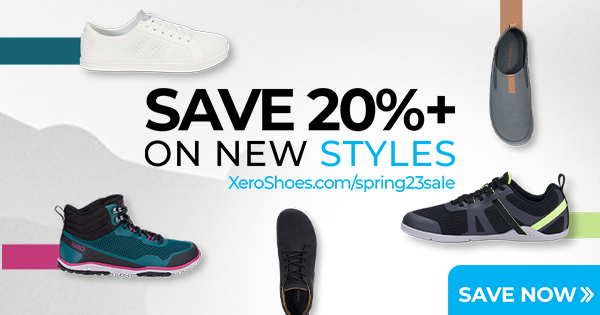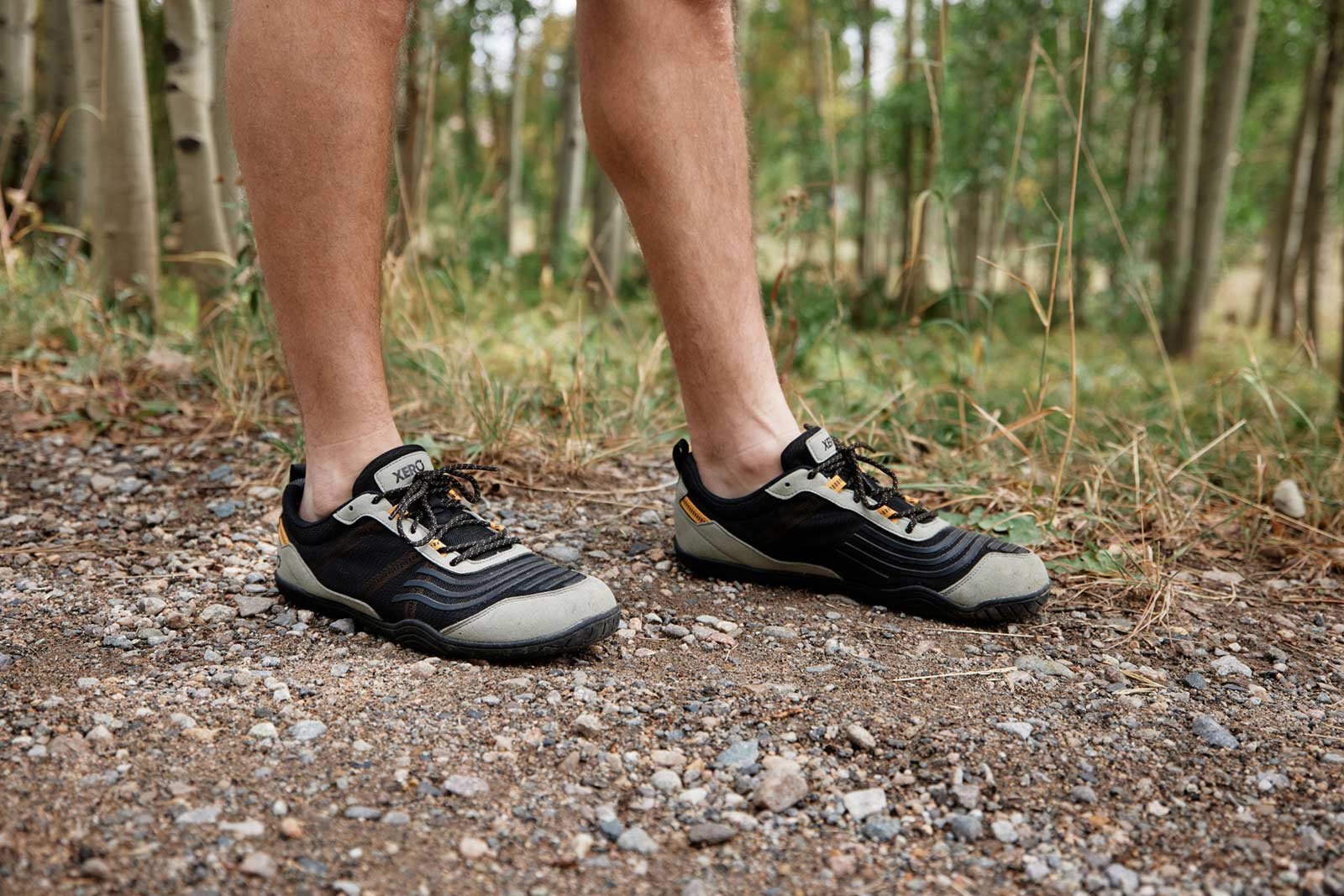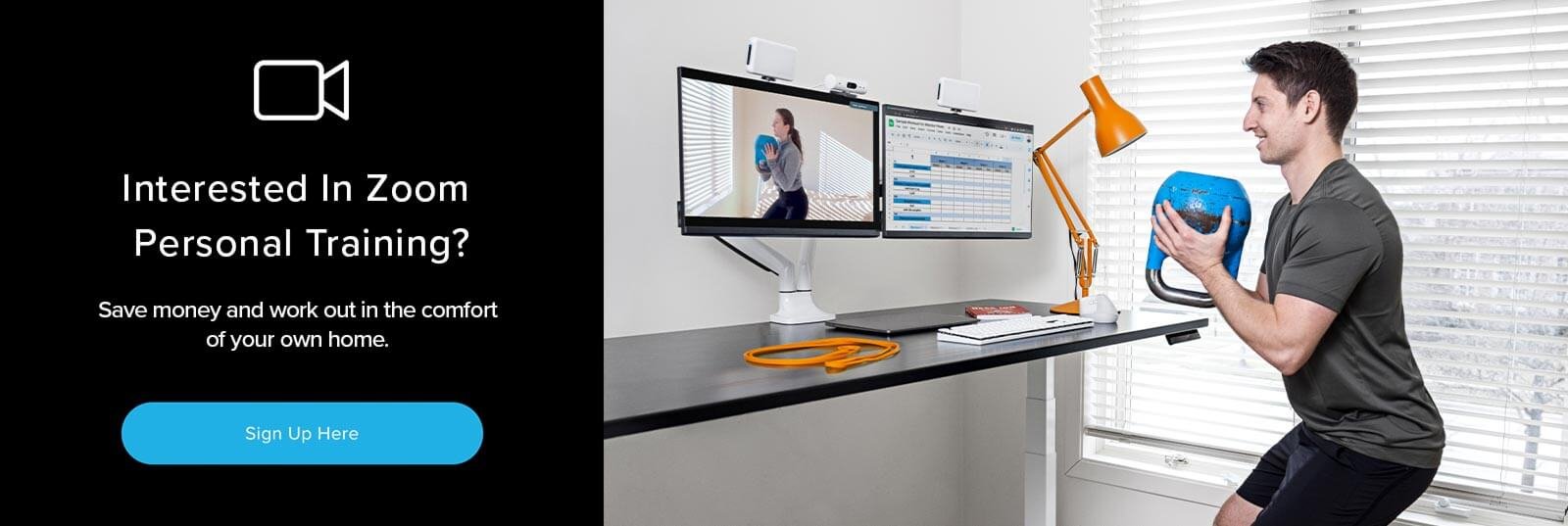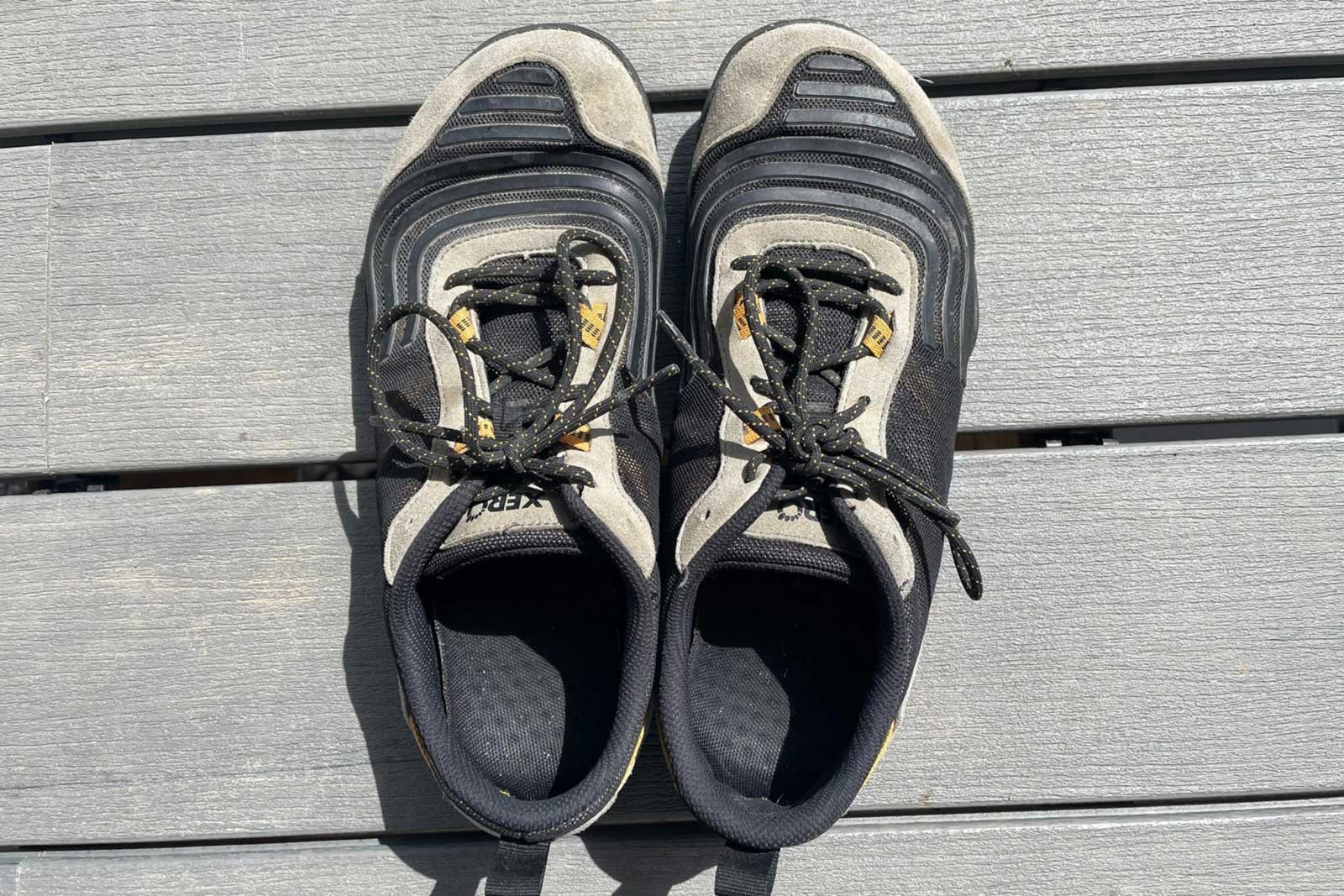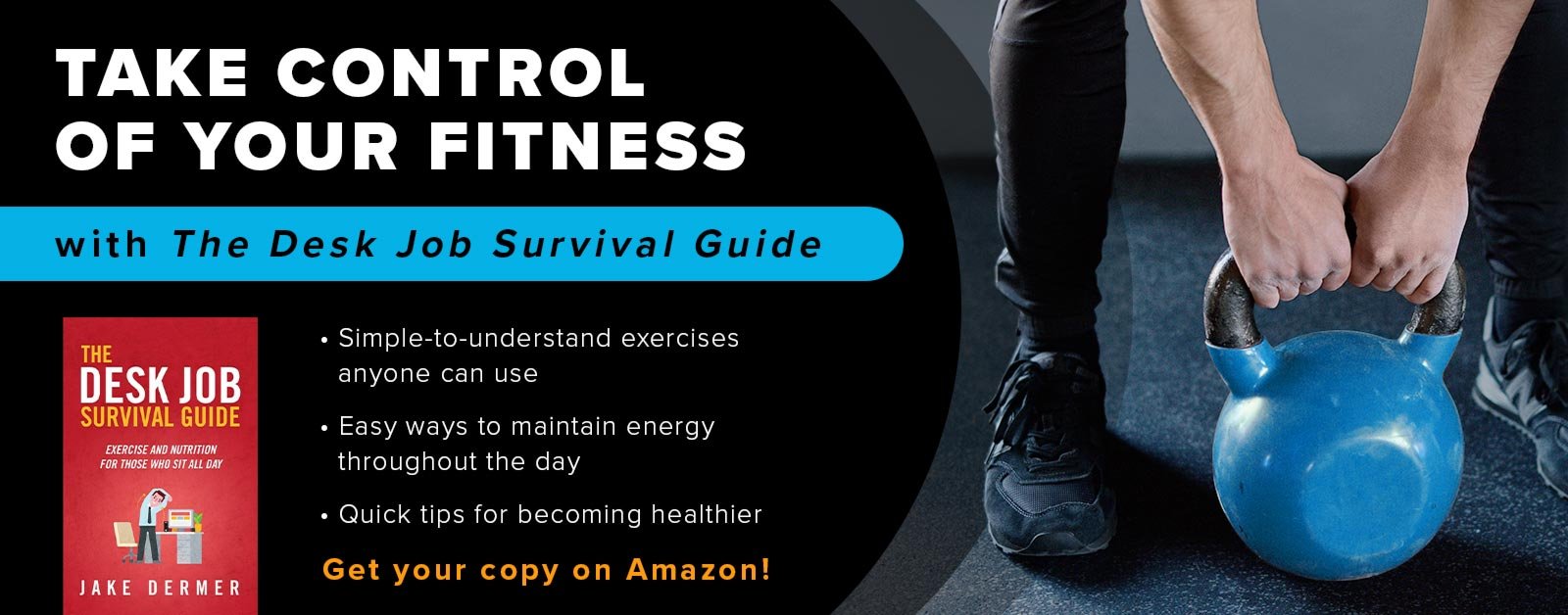Xero 360 VS. Prio Review: One Year Later
Last year Xero Shoes came out with the Xero 360. A souped-up version of its predecessor, the Prio, with an additional 30 dollars added on to the price tag. At the time, the Prio was my go-to shoe for daily life. It was my workout shoe and walking around shoe. So naturally, I ordered the Xero 360s right away.
We are coming up on the first anniversary of the Xero 360. So I thought it would be helpful to review them after a year of heavy usage and compare them to the Prio after that same usage.
Here is what I’ve come up with:
Are the Xero 360s worth the price?
Since the Xero 360 is the nicer version of the Prio, the first thing that comes to mind is, are they worth the extra $$$. The Prio is a great shoe, and I wore them for two years straight. Do you need to spend the extra 30 dollars for the more expensive version?
In my opinion, yes, undoubtedly. The Xero 360 is more durable, has much better traction, and is a higher quality product. After a year, they look almost as good as when I bought them. The treads are a bit worn but not nearly to the point of the Prio, and overall I could see wearing my 360s for another year without needing to replace them.
I’ve used the Xero 360s for hiking, Crossfit, weightlifting, slacklining, and just walking around in the past year. They have exceeded expectations in all of those activities.
Are Xero 360s good for hiking?
Surprisingly I’ve hiked about 100 miles in my Xero 360s. These are not advertised as hiking shoes on Xero’s website, and they do not have thick treads or waterproofing commonly associated with trail shoes. However, they are pretty grippy for a barefoot shoe, which is all you need in a hiking shoe.
I’ve used them in the mountains of Colorado and the desert in Arizona. I didn’t have any issues with them in the mountains, but they did leave a little to be desired on the loose, dusty downhills in Arizona.
They are much better suited to the task of hiking than their Prio counterpart. The Prio is a very comfortable minimalist shoe that is great for walking around or lifting weights… but the Xero 360 is the better version.
Neither are dedicated hiking shoes. Instead, they are cross-training shoes, so let’s talk about how they hold up in the gym.
Is the Xero 360 good for Crossfit?
I’m not a dedicated CrossFit junky. I do strength train regularly and wander over to the CrossFit gym when it fits nicely in my schedule. That being said, I’ve done Olympic lifts, rope climbs, and everything in between wearing these shoes over the course of the year, and they’ve held up well.
These shoes are perfect for Crossfit. You can run, row, box jump, and squat in them with ease. The Xero 360s are built for the weight room and are now my dedicated workout shoes instead of my everyday shoes. Unfortunately, it is mud season where I live, so you have to carry your dedicated gym shoes in with you or risk making fewer friends at the gym.
The only activity in the gym where the Xero 360s were less than stellar was sled pushes. Sled pushes are a challenge for most shoes. Getting traction while pushing more than your body weight was a major shortcoming of the Prio, and while the Xero 360s fare much better than their predecessor, they aren’t the ideal shoe for the task.
If sled pushes are a regular part of your workout routine, a Nike Metcon may suit your needs better. If not, the Xero 360 is the perfect Crossfit shoe.
Are Xero 360s a good running shoe?
While the Xero 360s are not explicitly designed for running, I’ve used them for a 30-day sprinting challenge and was very pleased with their performance. Enough traction to gain speed quickly and keep you stable when slowing down.
I am not an endurance sports guy, my runs never exceed three miles, so I cannot speak to how the Xero 360s stack up when training for longer runs. However, these shoes are perfect for cross-training because you can run a mile and then go into deadlift without missing a beat.
The Xero 360s do not vary significantly from the Prio in the running category except for improved traction, but traction is important. More traction means a lower risk of falling, and I recommend giving yourself every advantage in avoiding falling. They’ve held up through a sprinting challenge and many HIIT workouts.
Although that is less mileage than a dedicated runner would put on them in a few months. If this is a significant concern for you, Xero shoes have a 5,000-mile warranty, and they do honor it. I’ve used it for a different pair of their shoes. I don’t think that would be an issue for the 360:
How do Xero 360s hold up after a year?
After a year of abusing my pair of Xero 360s, the shoes still look and function well. Besides some very wear to the treads, they look as good as when I bought them. If I had to guess, they have another 8-12 months of use before I’ll need a replacement.
As you can probably tell from this year in review, I’m a big fan of the Xero 360s, and I will likely get another pair (in a different color, of course) when it comes time to retire my current shoes.
Not all Xero shoes are created equal. The Xero 360 is undoubtedly the better version of the Prio, but if your interest is walking around and casual weight lifting, the Prio will suit you just fine. If you are crossfitting, sprinting, or hiking, I’d go with the 360s.
If you are interested in other Xero shoes, here is a non-biased review for each pair of Xero Shoes I own.
